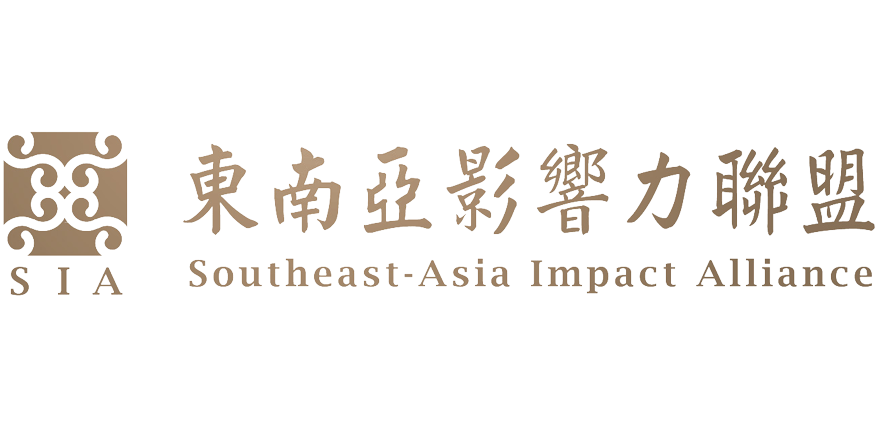The Truth Behind VinFast, the ‘Vietnamese Tesla,’ Competing with Germany, Italy, and France in Electric Vehicle Manufacturing
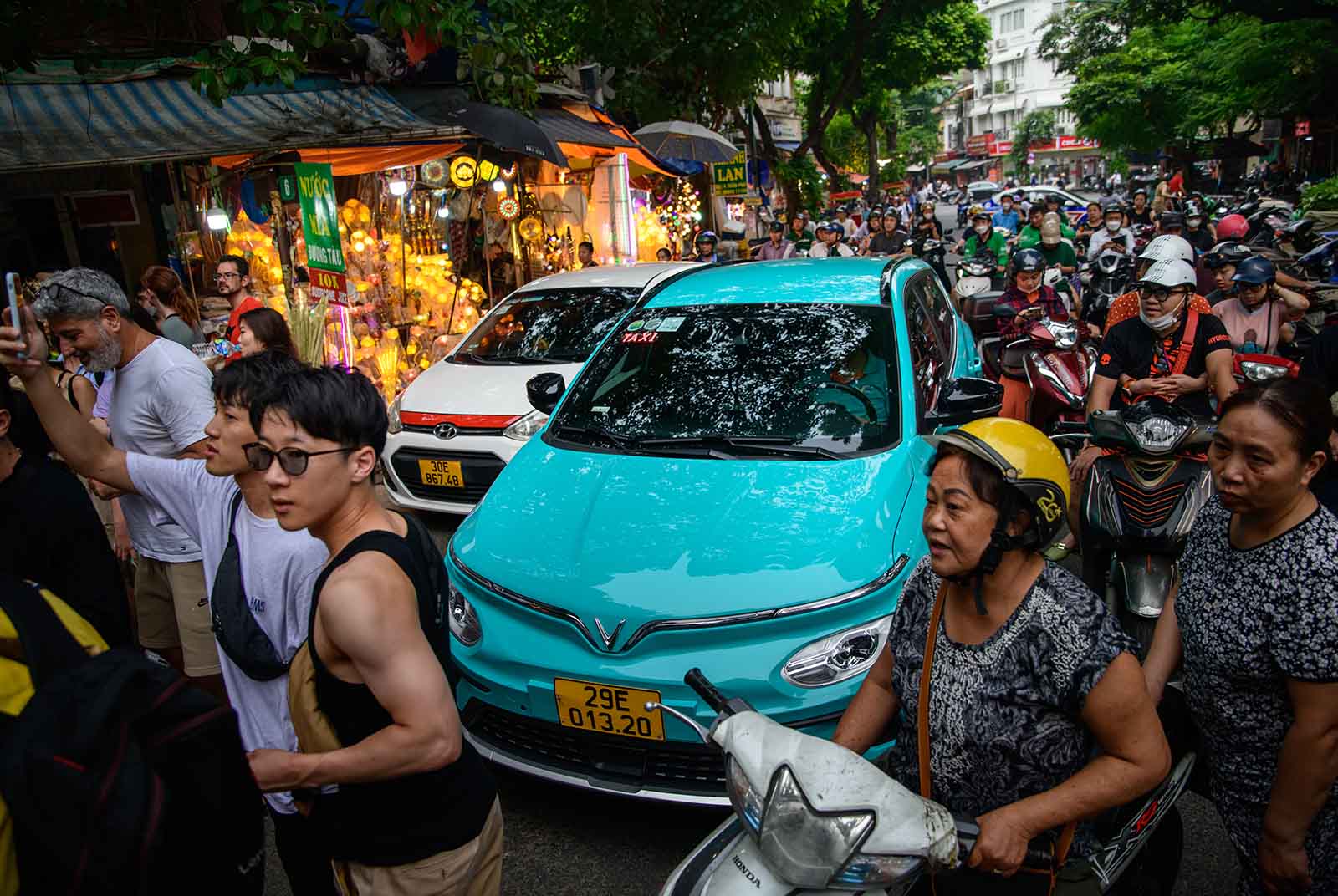
VinGroup’s ride-hailing service company, Intelligent Green Mobility (GSM), exclusively uses VinFast electric vehicles. (Image source: Captured by Xie Peiying)
Seeing VinFast’s trendy cars, often dubbed as the “Vietnamese Tesla,” one might forget that it all began on a small island.
Not far from the Wisium factory in Vietnam, the futuristic V-shaped gate emerges from an area once overgrown with wild grasses, serving as a reminder to visitors that they are about to enter the manufacturing base of Vietnam’s first domestically produced electric vehicles under the VinFast brand. If the vehicle doesn’t belong to VinFast, please refrain from parking within the premises.
On August 15th this year, VinFast went public in the United States through a Special Purpose Acquisition Company (SPAC), drawing significant attention from investors, briefly reaching a market valuation of $190 billion, trailing only behind Tesla and Toyota.
In fact, Vietnam is no newcomer to the automotive manufacturing scene, with global automotive giants having their supplier bases from north to south. However, starting from scratch in the automotive industry is a different challenge altogether, and what makes VinFast’s endeavor even more remarkable is its aim to create Vietnam’s first domestically produced electric vehicles.
Just a week after VinFast’s U.S. listing, we ventured to the northern coastal city of Haiphong to explore the audacious dream of car manufacturing in Vietnam.
Ambitious Dream: Vietnam’s Billionaire Bet on “Pure Electric”
Located in the coastal new industrial zone, VinFast’s factory covers an area larger than 100 baseball fields. Moving around within the factory premises relies on shuttle buses for transportation.
When VinFast was founded in 2017, this area was still a muddy expanse.
But this company, in a span of just twenty-one months, managed to fill the land and build a factory, subsequently producing gasoline cars, electric motorcycles, and even establishing Vietnam’s first in-house electric vehicle assembly line. What’s even more surprising is that at the end of last year, VinFast suddenly announced a complete halt to gasoline car production, swiftly transitioning to pure electric vehicles, leaving the outside world in awe of their speed.
“We must focus on the future,” said VinFast CEO Le Thi Thu Thuy in a recent public event, discussing the decisions made at that time in fluent English.
Le Thi Thu Thuy wasn’t just making empty statements; there was real pressure behind her words.
Two years ago, Vietnam, alongside developed nations, made a commitment at the United Nations Climate Change Conference (COP26) to achieve net-zero emissions by 2050. This goal was imminent, forcing VinFast to accelerate its transformation.
In fact, VinFast has strong backing. Its parent company is the formidable VinGroup, founded by Pham Nhat Vuong. He built his wealth through selling instant noodles in Ukraine during the Cold War, thanks to friendly relations between Vietnam and the Soviet Union. With his first fortune, he returned to Vietnam in 2000, ventured into real estate, established close ties with the government, and became Vietnam’s first billionaire.
Even today, VinGroup’s presence is pervasive in the lives of the Vietnamese people, with Vincom shopping centers, Vinhomes residential communities, and Vinschools, among others, found throughout the country.
VinFast represents VinGroup’s entry into both the Vietnamese and global green living markets.
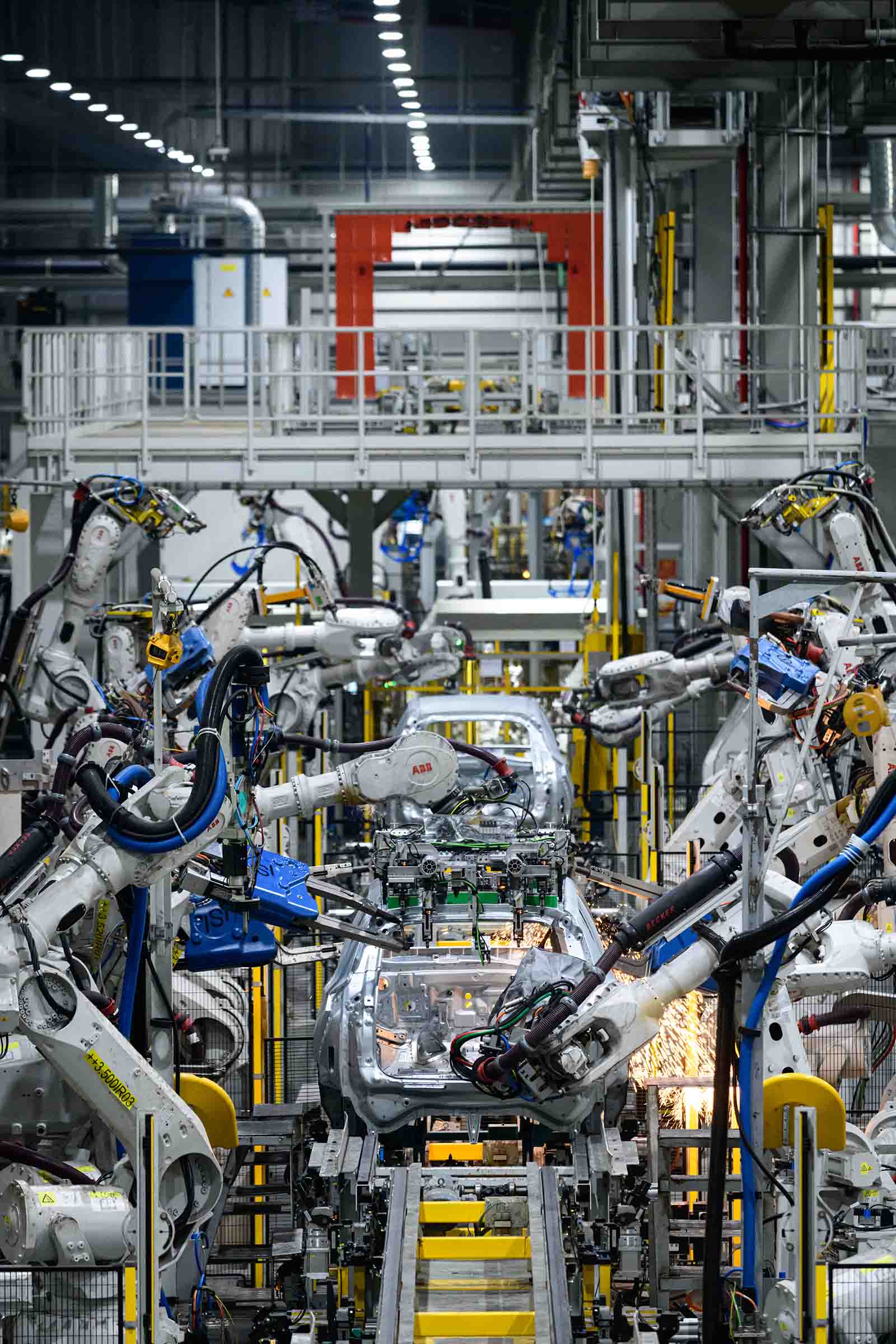
VinFast’s electric vehicle manufacturing facility in northern Hai Phong, Vietnam. (Photo by Xie Peiying)
Manufacturing: First, standing on the shoulders of foreign countries.
We rode the VinFast factory shuttle and toured the paint, stamping, and assembly lines. What was surprising is that almost every area had leaders who were recruited from foreign car manufacturers.
“This facility started with mixed-line production, which wasn’t easy,” proudly said Ahmet Çetin, a 52-year-old man with gray-white curly hair who is the Head of Body and Assembly Shop. The production line in front of us can switch to assembling more than two electric car models. He is an industry veteran with nearly thirty years of experience in car manufacturing, recruited by VinFast from Fiat Chrysler Group last year.
The presence of these foreign faces on VinFast’s production lines reflects the international flavor of VinFast’s “hybrid” car models.
Examining the information revealed by VinFast, it becomes clear that the car’s exterior design comes from an Italian design team, while the interior is supplied by the French company Faurecia. The autonomous driving system is jointly developed with the German company ZF, and for the batteries, they collaborate with China’s Ningde Times and Taiwan’s solid-state battery manufacturer Hynertech.
Its business model also actively disrupts the operations of existing electric vehicle manufacturers.
Business: Backed by the conglomerate, expanding in both domestic and international markets.
In Vietnam, aside from setting up showrooms in large shopping malls and targeting the middle-class urban consumers, the group’s resources provide an alternative advantage for VinFast.
For example, in the streets of Hanoi and Ho Chi Minh City, it’s easy to spot distinct blue-green vehicles with prominent V logos on their tails, standing out against the dusty roads. These cars are all part of VinGroup’s ride-hailing service company called “Smart Green Mobility” (GSM). Their marketing pitch involves exclusively using VinFast electric vehicles, effectively competing with the largest local ride-hailing platform, Grab.
“You can experience the performance of VinFast electric vehicles through us, without having to buy one,” explained Nguyen Van Thanh, former senior vice president of VinFast and current CEO of GSM. The current goal of GSM is to introduce more Vietnamese people to green mobility.
In addition to leveraging the resources of the group to expand its domestic market, VinFast also entered the United States. They not only engaged numerous automotive influencers for test drives and test rides but also introduced an innovative battery rental service in the U.S., offering battery rental fees ranging from $35 to $160 per month based on the vehicle owner’s needs.
Their branding and business model were quite attention-grabbing, and it’s no surprise that their stock price surged when they went public in the U.S. However, investors quickly sobered up. Within a month of going public, VinFast’s stock price not only declined rapidly but also experienced a significant drop. The financial report for the second quarter of 2023, released in September, further revealed the challenges faced by Vietnam’s electric vehicle manufacturing industry.
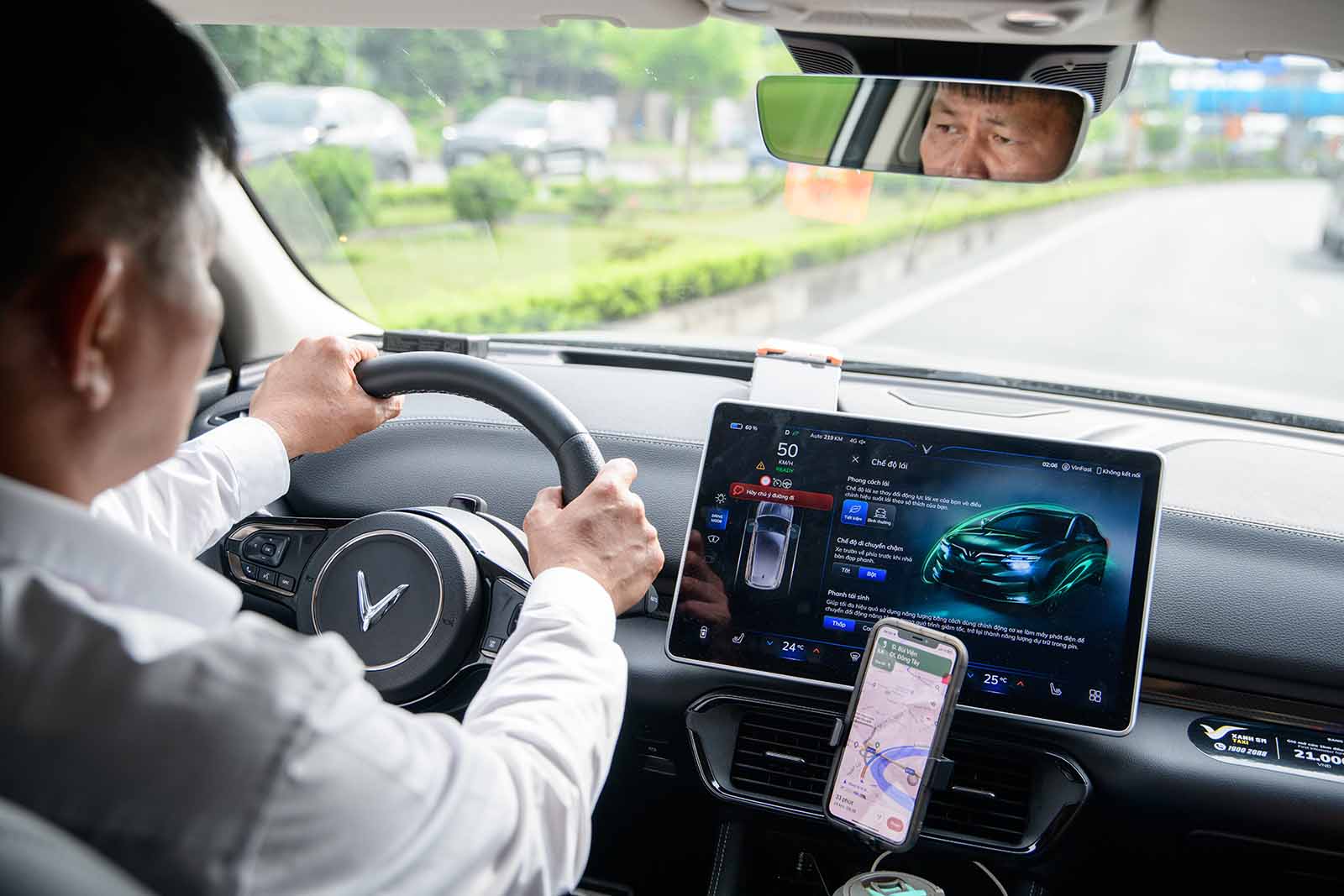
Interior of VinFast electric car
Facing headwinds: Orders falling short of expectations, unstable quality control, and personnel issues.
According to VinFast’s filing for its US IPO, its Hai Phong factory covers an area of 335 hectares and has the capacity to produce 300,000 electric vehicles annually. However, the latest financial report reveals that in the first half of this year, only 11,315 vehicles were delivered, clearly falling short of the available production capacity. Moreover, more than 7,100 of these vehicles were sold to the company’s own subsidiary, GSM.
In fact, when we visited the factory at the end of August, within the vast car body assembly area, the production line was highly automated, with sparks flying and machines operating loudly in one section. However, on the other side, we saw dozens of ABB robotic arms stopped in their tracks.
Mr. Chiteng explained at the time that the pause was due to waiting for a change in production. However, when we asked industry insiders, they questioned, “If the orders were sufficient, which factory would stop its robotic arms?” Suppliers who had previously taken VinFast orders raised concerns.
If orders are not meeting expectations, it may be necessary to reassess the strength of the product.
In May of this year, VinFast urgently recalled the first batch of VF 8 vehicles shipped to the United States. “No one complained, but it was a voluntary recall,” said Ms. Le Thi Thu Thuy, as they found that the display screens on the edge of the steering wheel would go blank when the driver was driving or stopped.
This is not the first time VinFast has proactively recalled problematic vehicles. Last October, due to a malfunction of the airbag sensor, VinFast conducted a recall of 700 VF e34 vehicles in Vietnam.
Quality control issues have a direct impact on customer confidence. Furthermore, it has led to a series of departures from VinFast’s foreign elite team, which the company once prided itself on. The German CEO, Michael Lohscheller, resigned after just five months in the role.
Foreign media has also exposed the accounts of several departing employees who described VinFast’s work environment as high-pressure, with the company’s goals constantly changing, leading to the departure of foreign employees who couldn’t adapt.
In response to the foreign personnel issues, VinFast’s spokespersons have only stated, “We see ourselves as a startup company that constantly adapts to the market, and we need like-minded individuals.”
However, these evident challenges and minor setbacks on the path forward are unlikely to extinguish VinFast’s dream of car manufacturing. The reason behind this is a bold gamble on “Vietnamese manufacturing.”
Le Thi Thu Thuy, in an interview with “Tian Xia,” revealed that currently, VinFast produces 60% of its components locally in Vietnam. She posed the question, “Do we have the opportunity to have another 40% produced in Vietnam?” The automobile industry is considered the mother of industries, and VinFast is targeting the upgrade of Vietnamese manufacturing.
Linking business with national and patriotic sentiments is what VinFast is doing with its ambitious dream. Who would have thought that the swampy land from years ago would now give rise to such ambition?
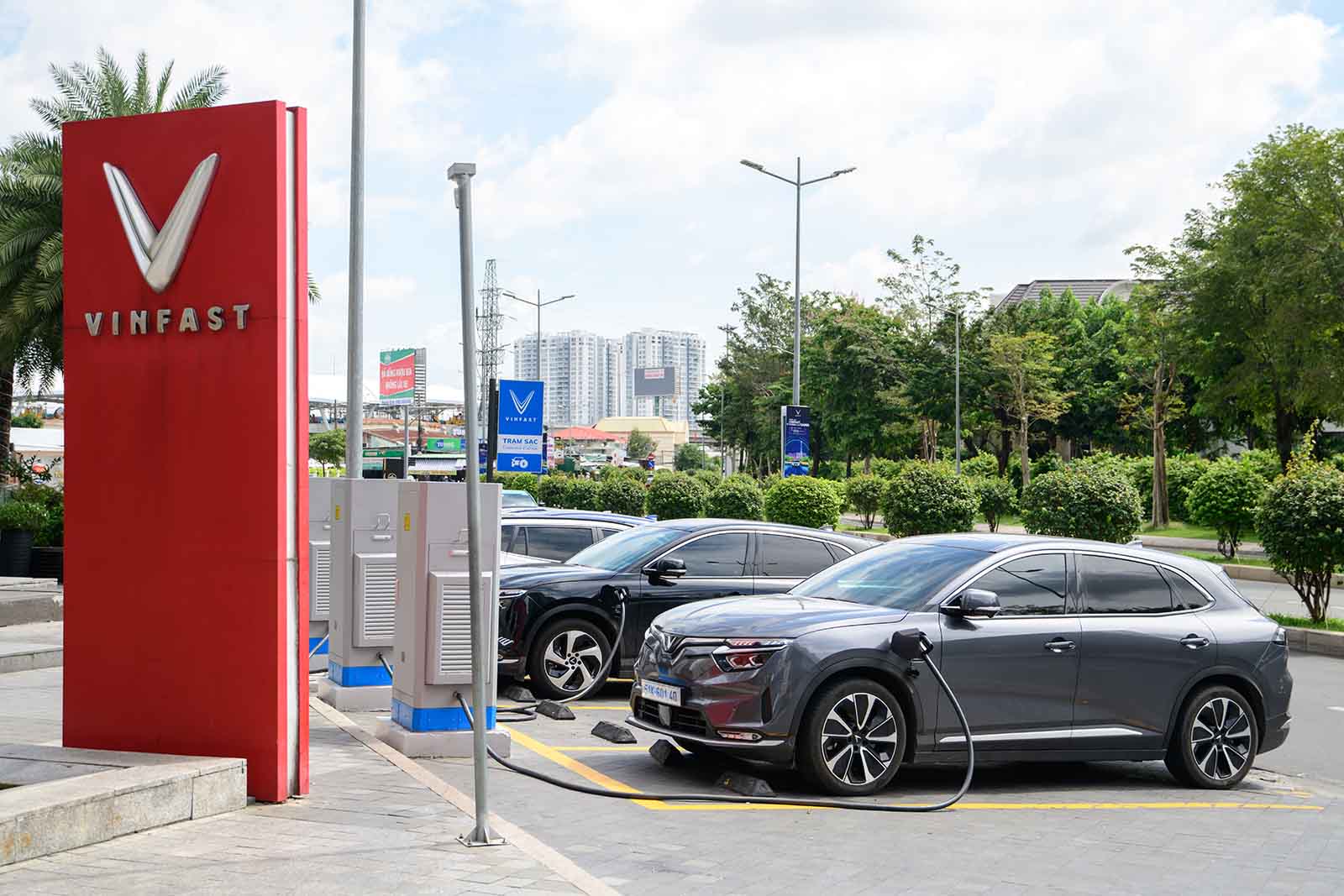
VinFast electric vehicle charging station
【Profile】VinFast
- Founded: 2017
- Main Products: Electric cars, electric motorcycles
- Annual Revenue: $630 million (2022)
- Number of Employees: 12,426 (As of September 2022)
- Production Capacity: VinFast’s Hai Phong factory can produce 300,000 electric vehicles annually; 11,315 vehicles were delivered in the first half of this year.
Interview with Le Thanh Thuy, VinFast CEO and Vice President of VinGroup
At 48 years old, born in central Vietnam, Le Thanh Thuy has been working with the VinGroup for over fifteen years. Starting her career in finance, she climbed the corporate ladder to become a vice president of the group. Not only is she known as the “Vingroup female general” by outsiders, but she’s also one of the rare female high-ranking executives in the global electric vehicle industry. In mid-August, while handling the listing business in the United States, she participated in an exclusive written interview with “Tien Phong,” sharing VinFast’s global strategy for electric vehicles.
Question: Why did VinFast choose to go public in the United States through a SPAC?
Answer: Listing in the United States can enhance our reputation. Furthermore, we have ambitious missions and goals, and going public in the United States allows us to access more capital to support our business expansion.
Question: VinFast recently entered the U.S. market, and in May of this year, there was a recall of the first batch of VF 8 vehicles due to safety issues, which caused discussions. How do you view the negative reviews overseas?
Answer: We continue to listen and continuously improve quality and the consumer experience. We see this experience as an opportunity. One of VinFast’s competitive advantages is our speed and substantial resources, allowing us to continuously meet customer expectations.
Question: What are your thoughts on the trends in the electric vehicle market?
Answer: In 2022, electric vehicles accounted for only 14% of the global automotive market. There is still significant room for growth in the electric vehicle market. However, there is currently a noticeable price differentiation in the market, with products at both the low and high ends, and there is a gap between supply and demand. This presents an opportunity for VinFast’s development.
 VinFast held a groundbreaking ceremony for its $4 billion electric vehicle manufacturing plant in North Carolina, USA. In the photo, VinFast CEO Ms. Le Thi Thu Thuy (left) is pictured with Governor Cooper (right). (Getty Images)
VinFast held a groundbreaking ceremony for its $4 billion electric vehicle manufacturing plant in North Carolina, USA. In the photo, VinFast CEO Ms. Le Thi Thu Thuy (left) is pictured with Governor Cooper (right). (Getty Images)
Question: What are VinFast’s competitive advantages in the global electric vehicle market?
Answer: From a labor cost perspective, Vietnam is one of the most competitive manufacturing bases globally, which allows VinFast to offer products at competitive prices.
Furthermore, over 60% of VinFast’s components (excluding batteries) are locally produced due to our highly integrated supply chain.
We also have the support of our parent company, VinGroup, which helps us optimize costs and mitigate potential disruptions in the global supply chain. For instance, VinGroup has established VinES, a subsidiary dedicated to the research, production, and recycling of batteries, ensuring VinFast’s competitiveness in the market.
Question: What are VinFast’s plans for the next 3-5 years?
Answer: Our immediate goal is to complete the construction of our manufacturing plant in North Carolina, USA, and we plan to launch three new vehicle models next year. In the coming months, we aim to start shipping electric vehicles to the European market and expand our presence in the Middle East and Southeast Asia.
Refer to the original post here
For additional details, refer to our SIA services | Link
